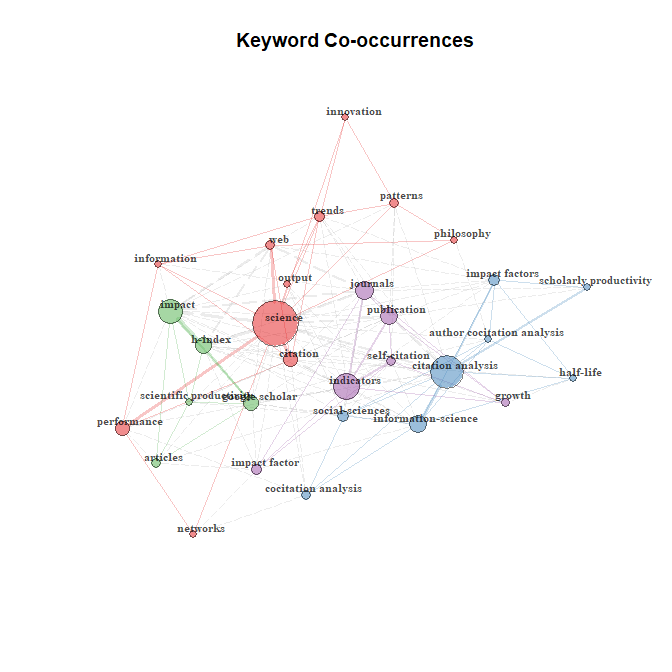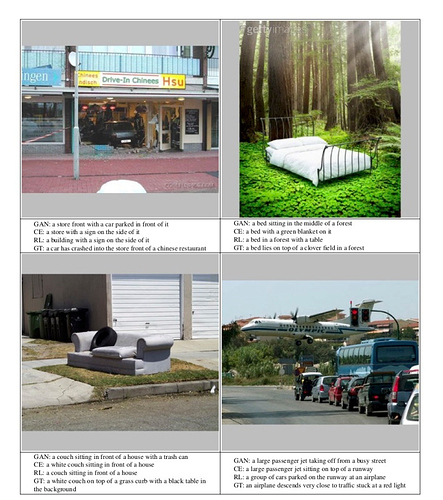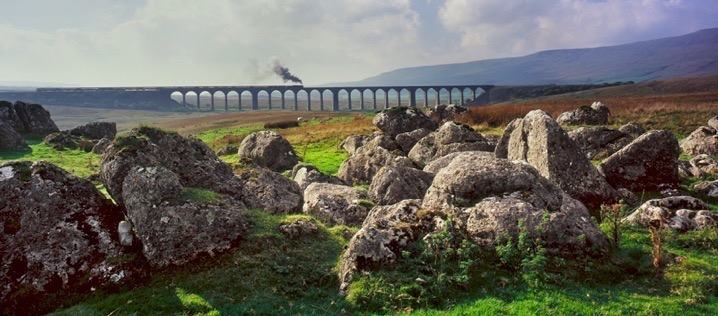AI is the new frontier for software applications.
In some ways, Smart Lighting, Prime, ClearView, and ViewPoint could be considered as AI algorithms. But what else does the DxO photographers community need?
1. AI mask.
Quick AI masks of parts of the picture, by a selection menu: For example:
• sky, in order to select every part of the sky, including through vegetation, between roofs and buildings.
• faces and skins, to recognize and select all faces and skins
• vegetation, to separate all vegetation parts of a picture from artificial or mineral ones
• sharpness mask: an automatic detection of areas of maximal sharpness, with an opacity gradient depending on the transition between sharpness and blur. With of course, the possibility of inverting the selection to choose only the bokeh zones.
With this kind of AI selection, it would be easier to adjust brightness, color, or micro-contrast without long and complex manual masks or U points selections combinations.
2. AI high light recovery
Cloudy or white skies in landscape pictures often need a different exposure than the rest of the picture. AI could select them and apply only on them a dedicated RAW conversion curve (like neutral color, realistic tonality gamma 2.2, which is the best generic rendering for high lights). Moreover, AI could balance cyan/magenta drift or even recreate a “realistic” information on overexposed channels in order to give a smooth restored gradient on recovered high lights.
The same AI high light recovery could apply on artificial lights in night shots or show’s pictures. Coloured spot lights appear white because they are overexposed. Maybe an AI algorithm could restore their natural colour, despite their overexposure.
3. AI restoration after perspective transformation
Some perspective transformations dramatically reduce length or height of a side of the picture. By recreating “out of original picture” areas with AI algorithms, it would be possible to complete the empty parts of the frame by a “realistic” pattern, copied from closest areas of the picture (sky, vegetation, grass, rocks or concrete ground…). It would be very useful to widen the framing after ViewPoint transformations, or at least, include larger and more numerous parts of the subjects or environment of the original picture.
These are three kind of AI implementation I really would like in PhotoLab, and I expect, that could make the difference with PhotoLab competitors. What do you think about these development perspectives? Do you have any other AI application development in mind?
Question is as much for EA community as the DxO staff, if you agree ;-).
For all, please do not hesitate to react or complete the reflection.
Kind regards.


 , this is for
, this is for 

